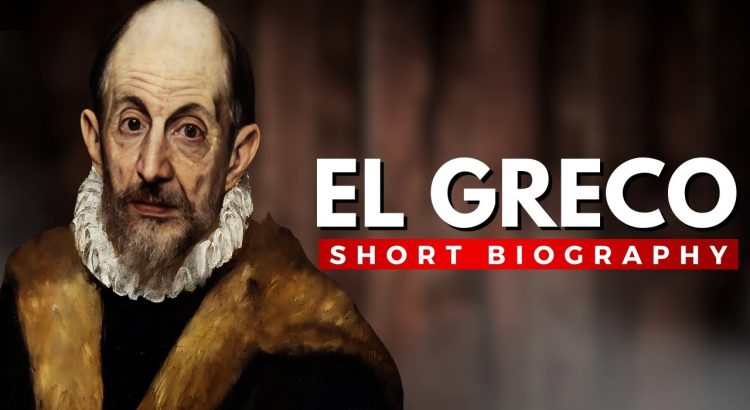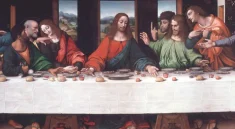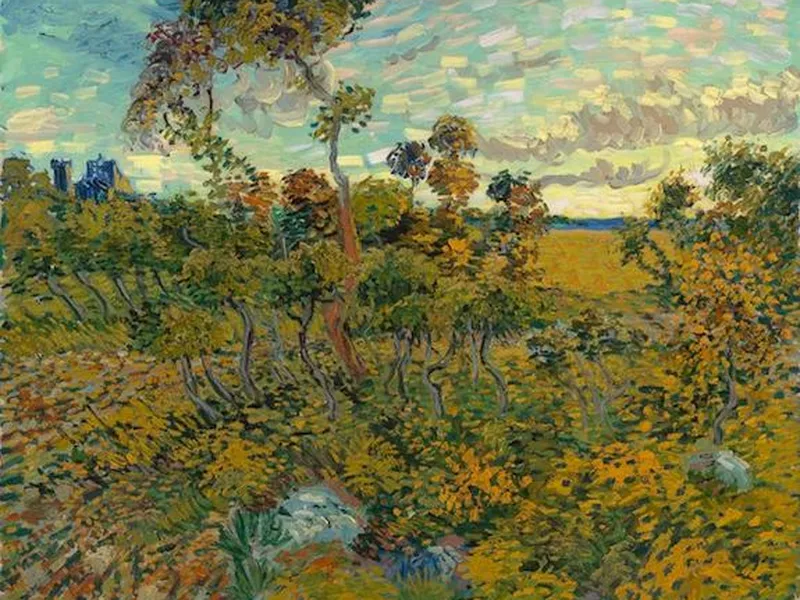Robert Draws – El Greco Premieres This Week has become a special highlight among global art enthusiasts. The master, born in Crete, is known as a painter far ahead of his time. His works are filled with spiritual expression and elongated human forms, creating a distinctive style that no other artist has truly replicated. A major exhibition dedicated to El Greco will be held at several leading art galleries this week, showcasing rare collections from the early to the late stages of his career. Many of El Greco’s pieces have been gathered from museums around the world and will be displayed exclusively. His dramatic brushwork and vivid colors stand as evidence of how the Mannerist style flourished in his hands. In the modern era, El Greco’s name continues to gain recognition as a bridge between Byzantine art and the European Renaissance, marked by innovation and artistic tension.
El Greco as a Pioneer of Expression
El Greco has often been regarded as a pioneer of emotional intensity and spiritual symbolism in painting. His elongated human forms were not simply stylistic choices but intentional distortions meant to convey the inner experience of the divine. In El Greco’s world, physical proportions were sacrificed to elevate the metaphysical. During his time in Toledo, Spain, his work began to reflect the influence of Spanish mysticism. El Greco developed a visual language that fused Byzantine iconography with Venetian color and Roman form. His portraits and altarpieces exude a unique energy that transcends religious subject matter. Even modern audiences find themselves moved by the drama of his compositions and the urgency of his figures. By some critics, El Greco has been considered the first expressionist. His artistic vision challenged the classical ideals of harmony and proportion, making him both controversial and revered in his time and beyond.
“Read about: Trinity Buoy Wharf Drawing Prize 2025: Celebrating Excellence in Contemporary Drawing”
From Crete to Toledo: A Journey of Reinvention
El Greco was born in Crete in 1541 when the island was still under Venetian control. He was trained in the tradition of post-Byzantine icon painting but sought broader artistic horizons. Eventually he moved to Venice and later to Rome where he absorbed the techniques of Titian, Tintoretto, and Michelangelo. His bold reinterpretation of religious themes was not fully embraced in Italy so he relocated to Spain. It was in Toledo where El Greco found both patronage and a place that suited his mystical temperament. His style matured and became more daring with each commission. Masterpieces such as The Burial of the Count of Orgaz and The Disrobing of Christ were produced during this Spanish period. Through El Greco’s journey from Crete to Toledo he reinvented not just his style but also the direction of Western art. His life story is as dramatic as the canvases he left behind.
The Drama and Color of El Greco’s Palette
Few painters command color like El Greco. His work is instantly recognizable through its electric blues, glowing reds, and incandescent yellows. The application of paint is highly expressive often applied in loose sweeping strokes that give his figures a sense of movement and urgency. The background of his paintings is rarely passive. Stormy skies and vivid light add to the theatricality of his sacred scenes.
Light in his works does not merely illuminate but elevates the subjects giving them a divine presence. El Greco was not afraid to break from naturalistic traditions. Colors were used not to replicate the real but to emphasize the spiritual. Art historians have long debated how much of his color theory was inspired by Byzantine icons or Venetian masters. What remains clear is that his palette contributed to the emotional weight of his paintings. This mastery of color gave his spiritual subjects a visual power that remains unmatched.
“Read more: Swollen Gums in Kids: When to Worry and What to Do”
Legacy and Influence in Modern Times
El Greco’s reputation went through a period of obscurity after his death in 1614 but saw resurgence in the 19th and 20th centuries. Romantic and modernist painters admired his intensity and expressive distortion. He was rediscovered by figures such as Eugène Delacroix and later inspired artists like Pablo Picasso and Jackson Pollock. In fact many works of El Greco were cited during the rise of German Expressionism and Cubism. His ability to convey emotion through abstraction of form resonated with artists seeking freedom from realism. Museums today continue to showcase his works not only for their historical value but also for their aesthetic daring. Exhibitions have been curated to explore how his vision shaped the path of European modernism. Through the centuries El Greco’s influence has been maintained not through imitation but through shared artistic courage. His legacy continues to challenge and inspire new generations of creators and thinkers.



